If you’ve ever felt a persistent ache on the outside of your hip—especially when walking, climbing stairs, or lying on your side—you might be dealing with a condition called Gluteal Tendinopathy. Gluteal tendinopathy is one of the most common causes of lateral hip pain, particularly in middle-aged women and active individuals.
But what exactly is gluteal tendinopathy? Why does it occur? And how can it be managed through physiotherapy? Let’s explore this often overlooked yet impactful condition.
What is Gluteal Tendinopathy?
Gluteal tendinopathy is a frequent source of pain on the outer side of the hip, involving inflammation and discomfort in the tendons. Gluteal tendinopathy refers to degeneration or irritation of the tendons of the gluteus medius and gluteus minimus muscles, key stabilizers of the hip joint. These tendons insert into the greater trochanter, the bony prominence on the outside of your hip. When these tendons are overused or improperly loaded, they can become inflamed, weakened, or even partially torn over time. People often experience gluteal tendinopathy as a dull, nagging pain on the outer side of the hip. This discomfort tends to get worse with everyday movements like walking, running, going up stairs, or even sitting for long periods. This condition is commonly known as Greater Trochanter Pain Syndrome (GTPS) and was previously labelled as Trochanteric Bursitis in clinical diagnoses.
Common Causes of Gluteal Tendinopathy
Gluteal tendinopathy is usually a result of repetitive strain or excessive compression, especially in people with poor hip stability or weak gluteal muscles. Some common causes include:
- Prolonged sitting or standing on one leg
- Crossing legs while sitting
- Unexpected surges in walking, running, or stair climbing
- Improper footwear or biomechanics
- Poor core and pelvic control
- Hip arthritis (which may indirectly overload the gluteal tendons)
Symptoms of Gluteal Tendinopathy
Symptoms typically develop gradually and can worsen over time if not addressed. Key signs include:
- Pain on the outside of the hip, especially over the bony part (greater trochanter)
- Pain while lying on the affected side
- Discomfort when climbing stairs, walking uphill, or standing up from a seated position
- Tenderness when pressing on the outer hip
- Worsening symptoms after prolonged activity
Left untreated, the condition can significantly impact daily function and sleep quality
Diagnosis of Gluteal Tendinopathy
Diagnosis is usually clinical and based on a detailed physical examination by a healthcare professional or physiotherapist. In some cases, imaging like ultrasound or MRI may be used to confirm tendon damage or rule out other hip pathologies such as bursitis or arthritis.
Rehabilitation & Physiotherapy Treatment of Gluteal Tendinopathy
Thankfully, most cases of gluteal tendinopathy can be effectively managed with conservative treatment—no surgery required. A structured physiotherapy program focuses on reducing pain, restoring strength, and improving hip control.
Key Components of Rehab:
Load Management
- Avoid aggravating activities like side-lying, stair climbing, and excessive walking.
- Modify positions and movements to reduce tendon compression.
Pain Relief Techniques
- Ice application over the lateral hip.
- Use of a pillow between the knees during sleep.
- Soft tissue techniques or dry needling by a trained therapist.
Progressive Strengthening
- Restoring gluteal muscle strength is fundamental to rehabilitation. Start with low-load exercises and progress as tolerated.
Key Exercises for Gluteal Tendinopathy
Isometric Hip Abduction
- Lie on your back with your knees bent.
- Press your knees out against a resistance band or a therapist’s hand.
- Hold for 30 seconds, repeat 5 times.
Side-Lying Clamshells
- Lie on your non-painful side with knees bent at 90°.
- Keeping feet together, lift the top knee without rotating the pelvis.
- 3 sets of 10–12 reps.
Bridging exercise with a resistance band
- Lie on your back, knees bent and feet flat on the floor, hip-width apart.
- Place a resistance band just above your knees.
- Keep your arms relaxed at your sides.
- Gently press your knees out against the band to activate the gluteal muscles (this is key).
- Tighten your core and slowly raise your hips off the floor, creating a straight line from shoulders to knees.
- Pause at the top for 2–3 seconds, squeezing your glutes.
- Slowly lower back down to the mat.
Standing Hip Abduction with Resistance Band for Gluteal Tendinopathy
- To perform standing hip abduction with a resistance band, start by placing the band around your ankles or just above your knees for an easier variation.
- Stand tall with your feet hip-width apart and hold onto a stable surface for balance.
- Engage your core and keep your pelvis steady. Shift your weight onto the unaffected leg, then slowly lift the affected leg out to the side, keeping your knee straight and toes facing forward.
- Pause briefly at the top, then return to the starting position with control.
- Aim for 2–3 sets of 10–15 reps on each side, beginning with a light band and increasing resistance as you get stronger.
Single-Leg Bridge
- Lie on your back by bending one leg and lifting the opposite leg across your thigh.
- Lift your hips off the floor using your grounded leg.
- Focus on glute activation.
Standing Hip Hitch
- Stand on the affected leg near a step.
- Let the opposite leg drop slightly below the step, then lift it by hiking the hip.
- Repeat slowly for 2–3 sets of 10 reps.
How Long Does Gluteal Tendinopathy Recovery Take?
Recovery time varies depending on the severity and consistency with rehab. Mild cases may improve in a few weeks, while chronic cases can take 3–6 months for full resolution. The key is patience and progressive loading—rushing can set back progress.
Final Thoughts about Gluteal Tendinopathy
Gluteal tendinopathy might sound minor, but for those experiencing it, the discomfort can be debilitating. The good news? With the right physiotherapy approach, most people can regain full function and return to pain-free movement. Early intervention, proper education, and personalized rehab are essential

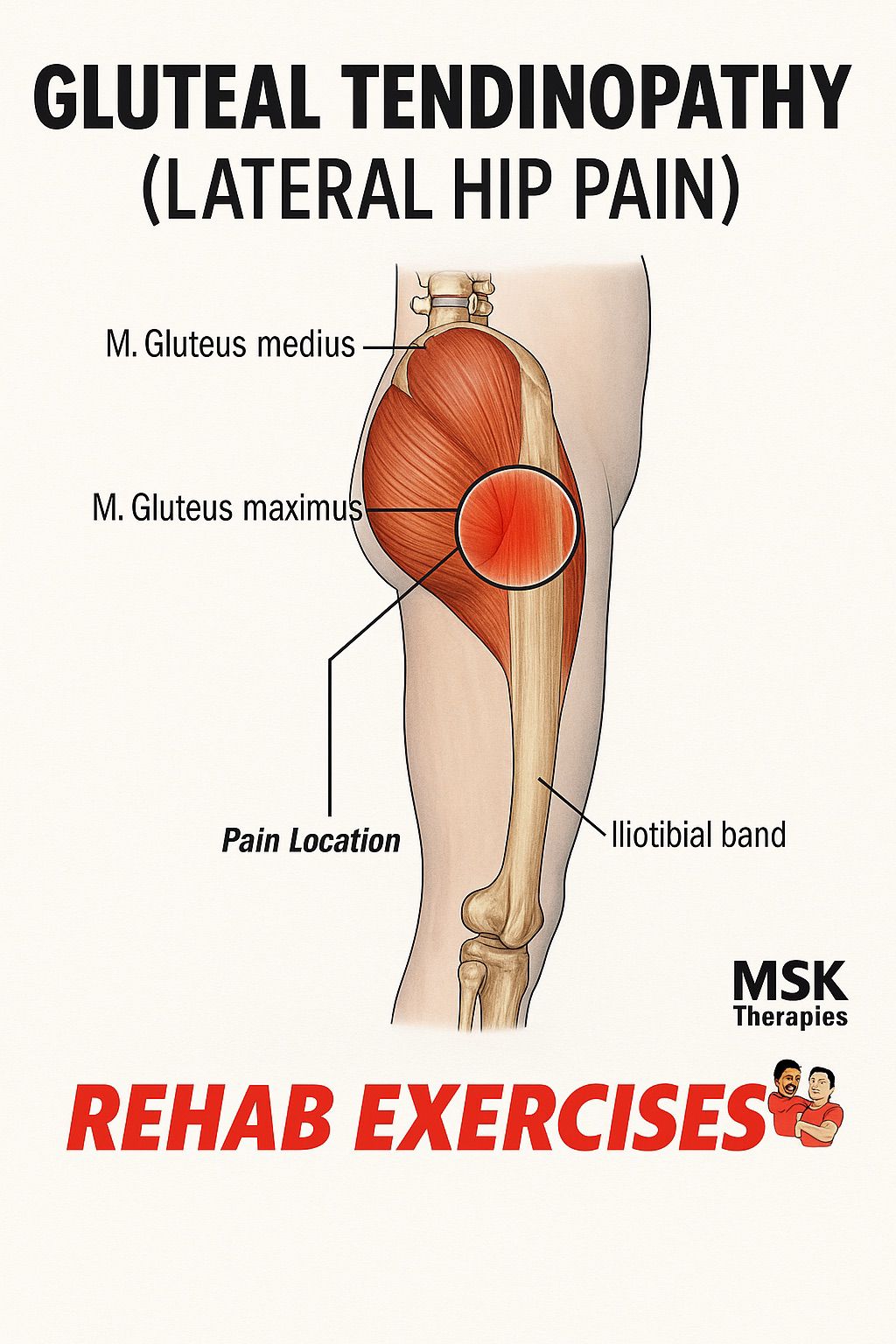
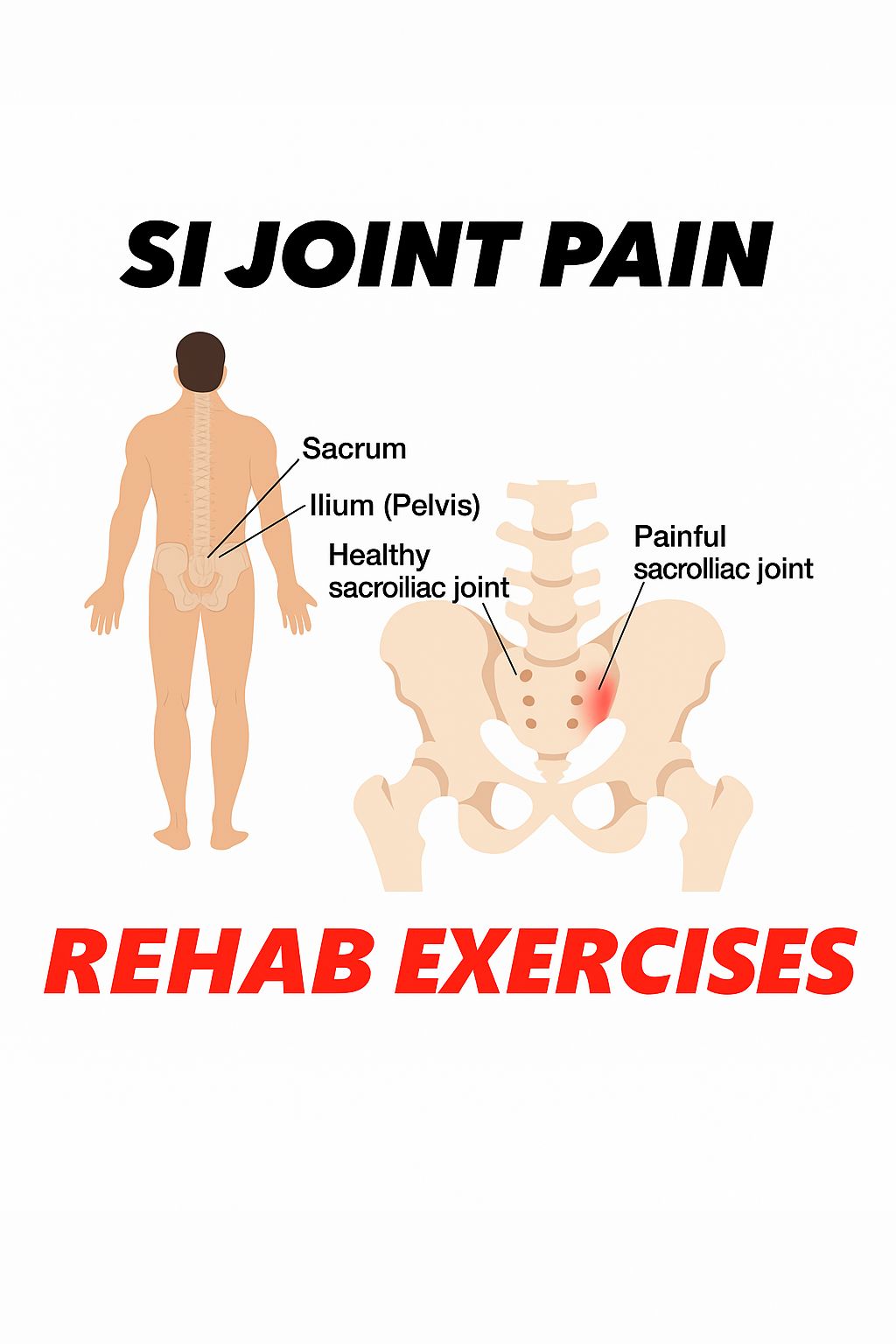
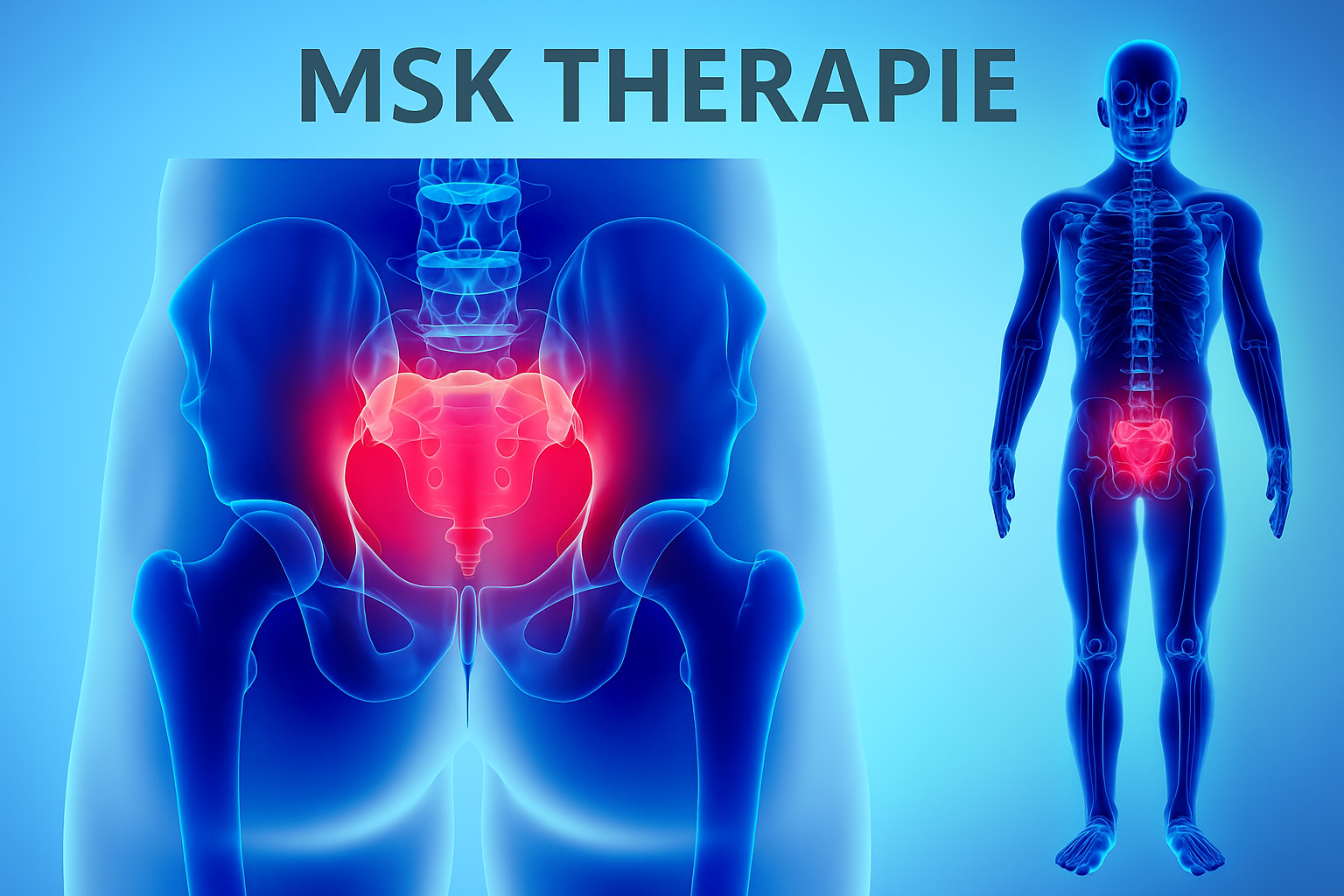
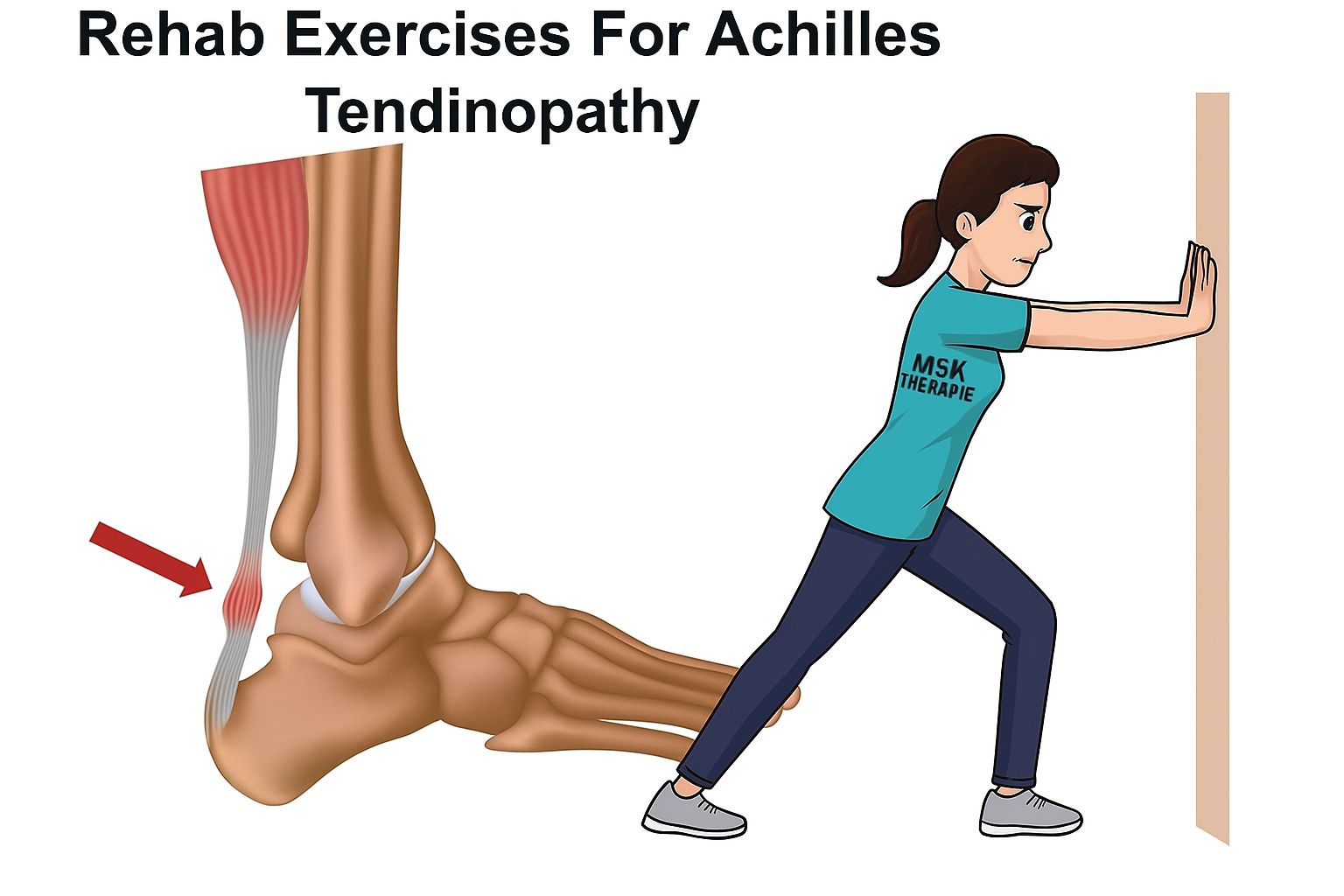
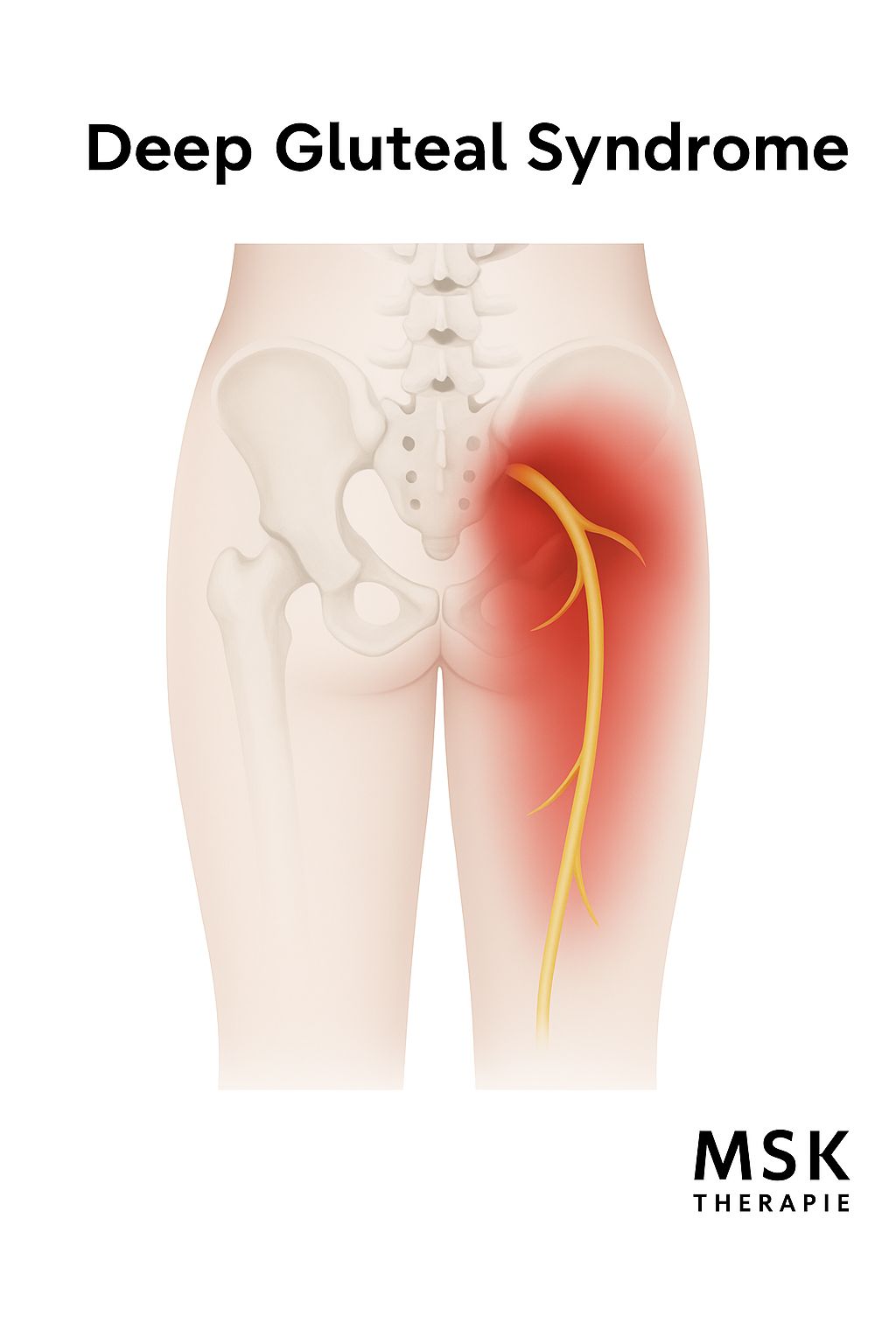
Mashallah der sha